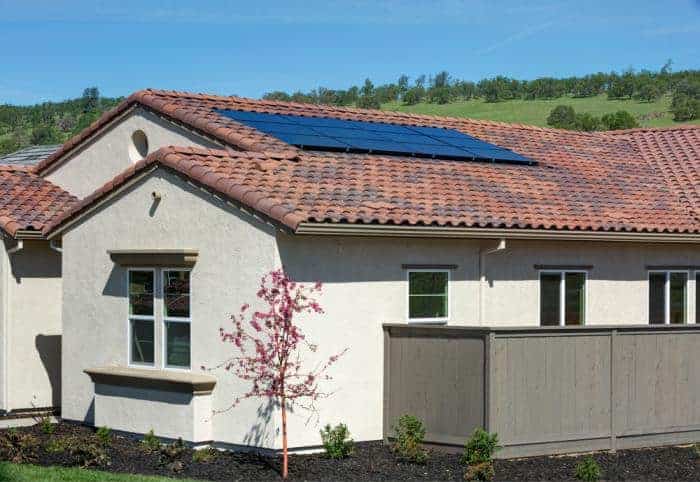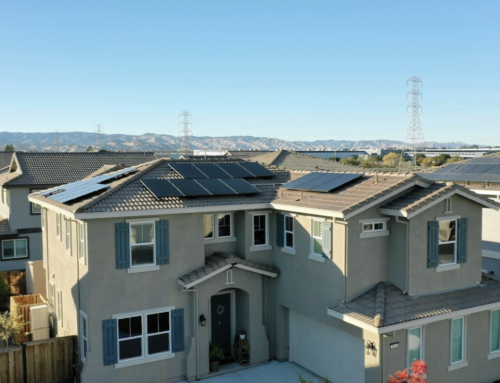As the first state to adopt strong energy efficiency regulations in the late 1970s, California played a key role leading the nation in green building initiatives. Throughout the years, the state set a standard for clean energy practices, including the requirement for all new homes to include solar power. When the Golden State hit one million solar rooftops before the close of the 2010s, environmental advocates decided to kick off the next decade with a new goal — one million solar batteries .
Many of these efforts were implemented to support the state’s goal of zero net carbon by 2045 . And while some see it as ambitious, the state has set targets along the way to stay on track and hold itself accountable. One of these is to double its renewable energy sources by 2030. To date, these efforts have proved worthwhile as many California cities top the ranks of total solar photovoltaics installed and total solar photovoltaics installed per capita. But as solar energy becomes the new normal, many push for initiatives that will maximize the power being produced.
Solar battery storage systems, which store energy generated by the sun, have many benefits and California is a prime candidate for its endorsement. For one thing, our SunPower® SunVault™ storage system helps reduce reliance on grid electricity. SunPower technology gives homeowners more control of their solar by storing excess energy produced during the daytime and distributing it when needed. Not only will homeowners enjoy savings over time with the most efficient solar panels in the industry1 but homes with solar plus storage can experience reduced peak-time charges.
Solar storage also helps protect a home during a power outage. When a blackout occurs, tasks like charging a mobile phone and keeping the refrigerator cool can be more readily available2. It is this reason that makes a goal of 1 million solar batteries so attractive to California environmental advocates and homeowners alike. As part of the repercussions that follow climate change, wildfires continue to be a baited threat for the golden state. In response, PG&E has determined it necessary to schedule planned safety power shutoffs in an effort to reduce risk. But with COVID-19 shelter-at-home orders in place, things could get even more difficult for Californians during blackouts. These planned power outages often occur for an undisclosed amount of time, some for as long as 48 hours.
The California Solar and Storage Association (CALSSA) released an action plan this spring to begin bringing this goal to fruition. The organization’s Executive Director, Bernadette Del Chiaro, lobbied for one million solar rooftops back in 2006. She could find the same success with the new storage initiative. The action plan calls for more incentives for homes with solar battery storage. For now, qualified California homeowners with solar battery storage can find savings by taking advantage of the SGIP incentive .
1Based on survey of datasheet values from websites of top 20 manufacturers per IHS, as of Jan. 2020.
2 Your battery storage system’s ability to provide electricity to your home will vary based on a number of factors, including, but not limited to: the amount of energy stored in the battery, the amount of wattage used by appliances and electronics connected to the battery storage system, the age of the battery, the battery’s ability to recharge during daylight hours due to weather, the frequency and duration of battery usage, and other factors. The battery storage system should not be relied upon as a power source for critical medical devices. Battery life will decrease with time and use.
This post originally appeared on the SunPower Resources Blog
Ready to start saving with Solar? Don’t wait, the solar tax credit expires this year! Get started by calculating your solar savings online or call us for a free quote 951-435-8741










